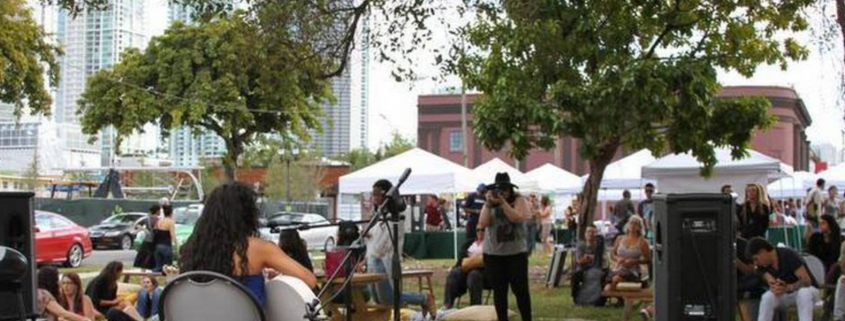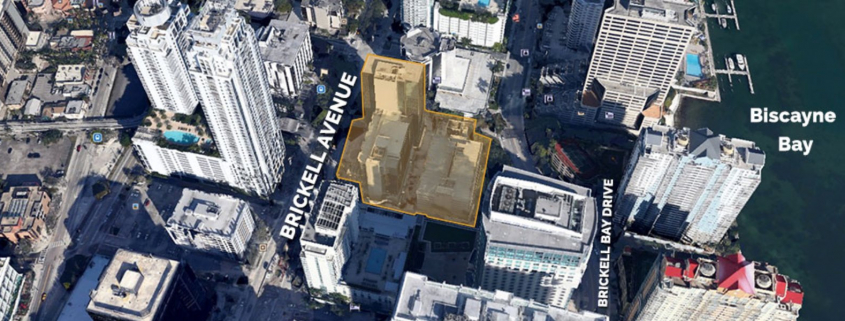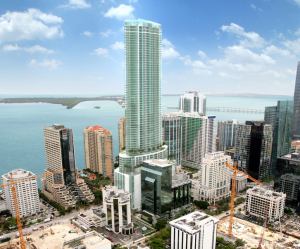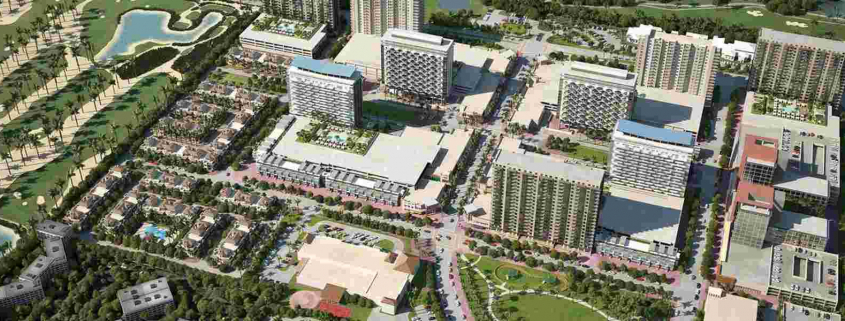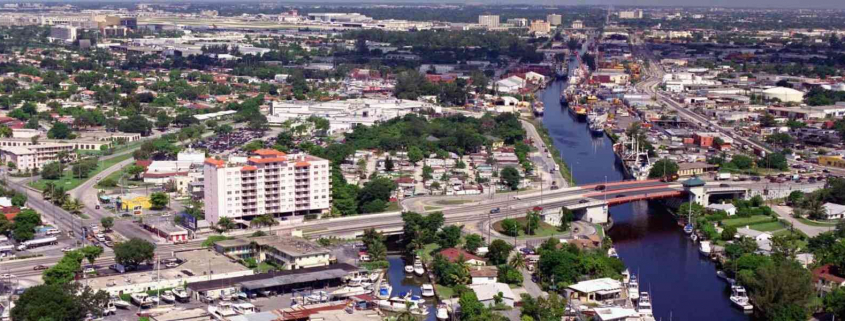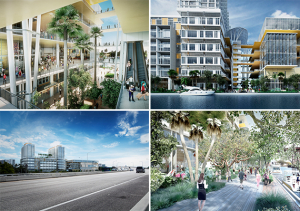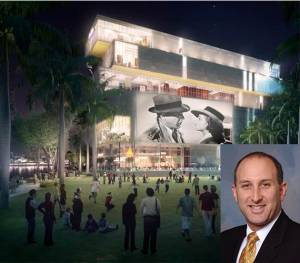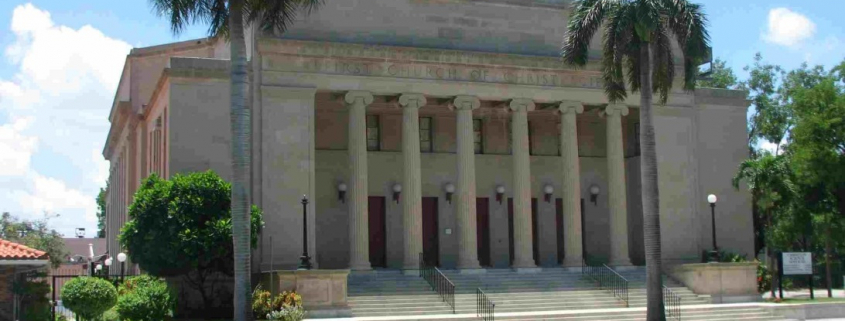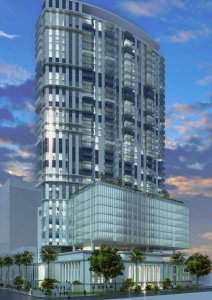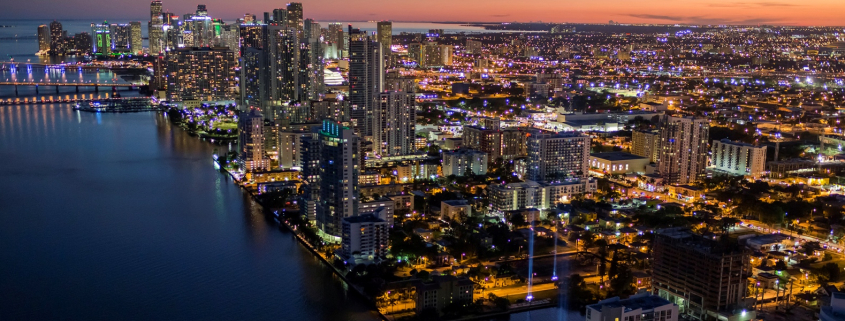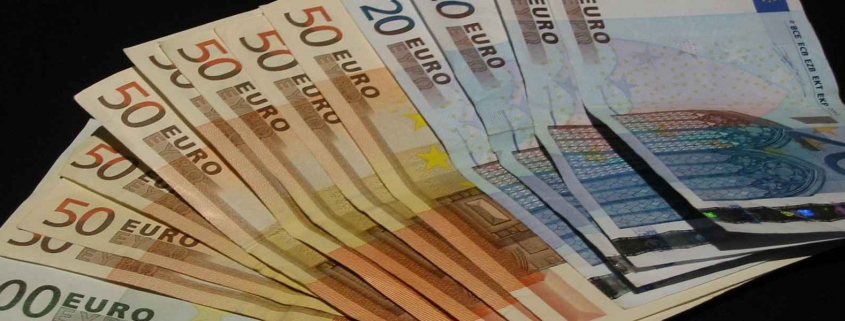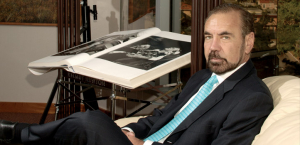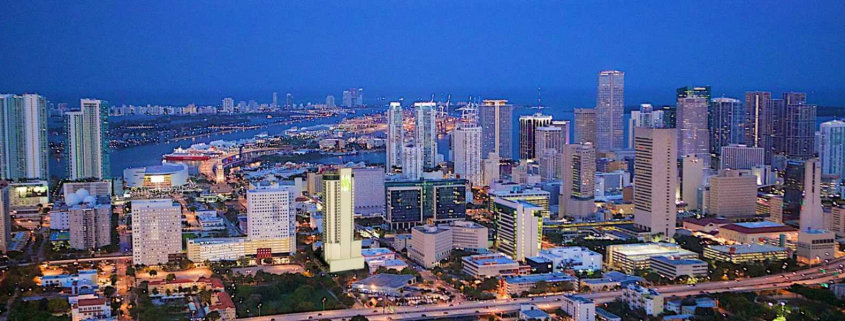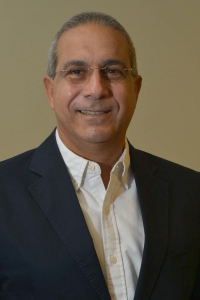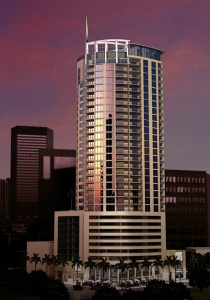There’s a rebirth underway in Miami’s Omni neighborhood, and it’s being fueled not by condo open houses but by craft fairs, film nights, group yoga and live art.
A pair of real estate developers — hoping to sell condos — have drummed up these events to support their vision of an Arts and Entertainment District. Playing to their audience of the young and hip, the developers branded their concept A+E, and their free parties all feature millennial-friendly brands like Whole Foods and Pabst Blue Ribbon.
“Concept isn’t enough. You need people to execute. That’s where we have no added value,” said Nir Shoshani, who runs NR Investments with partner Ron Gottesmann. “We’re not cool, we’re not young, so I needed to find the right people.”
One of those people is Isabella Acker, former marketing director of mega concert promoter Live Nation. Shoshani and Gottesman have tasked her with finding emerging local musicians and bringing in popular acts to perform at A+E events.
The Omni, or A+E, neighborhood is centrally positioned between three highways and near the Metromover, connects to downtown, Wynwood and Edgewater, and is only a short drive from South Beach.
Seeing opportunity in the area, NR Investments bought the distressed Filling Station Lofts at 1657 N. Miami Ave. three years ago and began renting its 81 units at the end of 2013. They also have a 513-unit, 37-story tower called Canvas at 1630 NE First Ave. with pre-construction prices going for about $480 a square foot. “We said, ‘Let’s use the area in order to have people get to know it,” Shoshani said, standing on a lot he and Gottesman own at 14th Street and North Miami Avenue.
It’s the site of a monthly “14th Festival” that A+E started hosting in November, where vendors sell jars of raw local honey, bunches of heirloom tomatoes and pieces of handmade jewelry. Singers belt out songs on a small stage, and visitors grip cans of cold PBR.
Still, the developers realize they have a long way to go to make the sparsely populated Omni area feel cutting-edge, safe and attractive as an Arts and Entertainment district. “It’s very important to see how centralized we are on the one hand,” Shoshani said. “And on the other, how blighted and how there’s nothing here.”
A+E’s growing number of monthly events happen at the Filling Station Lofts, the Canvas space or the grassy lot at 14th and North Miami Avenue.
The Miami International Film Festival offers free screenings of foreign films during a series called Movies Under the Stars, projected monthly onto a screen at the Canvas lot. “Café de Flore,” a film from the director of “Dallas Buyers Club,” played last month to a packed audience who happily sat on lawn chairs and munched on free popcorn.
Yoga sessions and social media workshops for small businesses are also part of A+E’s programs. New events like “art battles” between local street artists are slated for this month.
At “Rooftop Unplugged,” an acoustic music series that showcases Acker’s picks of local musicians, indie-funk groups like The Robby Hunter Band and Elastic Bond perform poolside atop the Filling Station Lofts’ roof.
“Bonfire Under the Moonlight” gives people a chance to toast s’mores in the Canvas lot while listening to sets from groups like Suenalo and Grammy-nominated, Afro-Cuban funk band PALO! Small lines form around three food trucks while a larger line waits for mixed drinks and beer.
“It’s got life,” Steve Roitstein, PALO!’s keyboard player and a founding member, said of the A+E concept. While touring country, he said, he noticed that other cities “don’t have what Miami does.” “We have such an incredible music scene, arts scene, theater… so what Arts and Entertainment is doing is shining a light on what’s already here,” Roitstein said. “We need everybody to come out and take part, because without the incredible crowd, we couldn’t do this. We need the energy of the crowd.”
Source: Miami Herald

